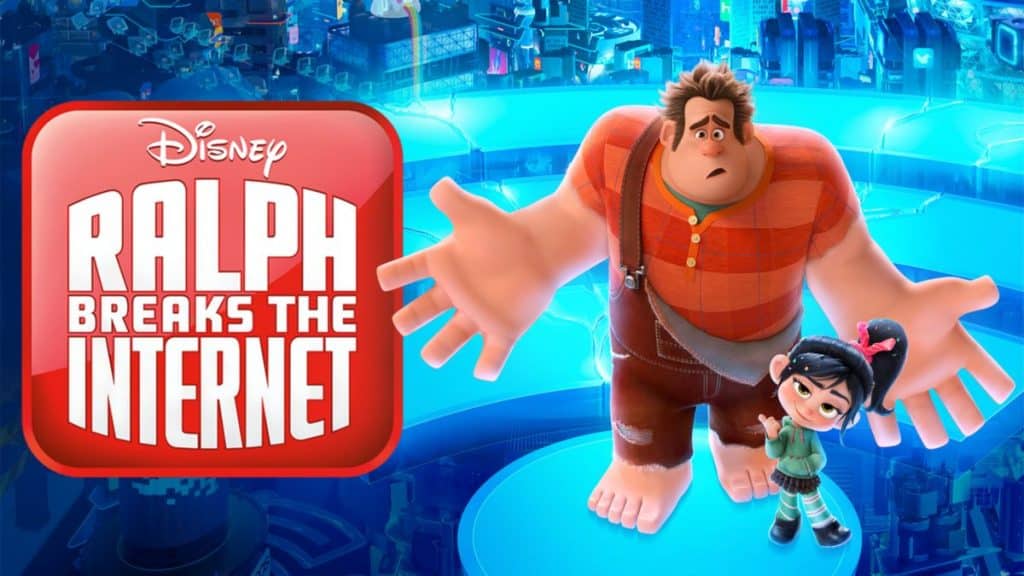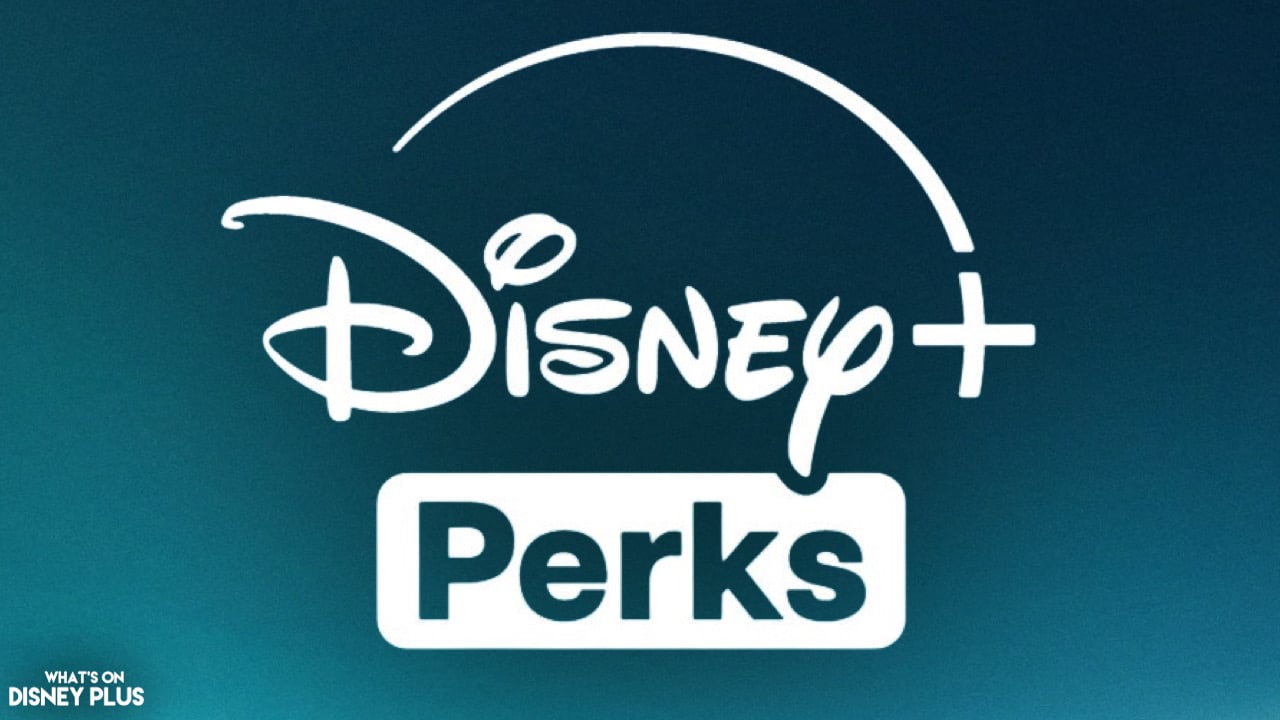
Disney Revival Films Ranked
The Disney Revival Era of Animation began in 2009 and represents a time when Walt Disney Animation Studios films have become more financially lucrative than during the Experimental Age of Animation in the 2000s. There is some debate if we are still in the Revival or if a new era of animation has begun. For the purposes of this list, I’m using the 2020 Covid pandemic as my end point, since a major event (either globally or within the company) usually signifies the end of an animation era. We’re going to rank the films from “The Princess and the Frog” until “Frozen 2” as the films of the Disney Revival.
10. RALPH BREAKS THE INTERNET
One of the few sequels to a Walt Disney Animation Studios film made by the Walt Disney Animation Studios (most of the direct to video films were made by DisneyToon Studios), “Ralph Breaks the Internet” is the perfect example of a film that worked in the moment but didn’t stand the test of time. It was a very enjoyable film in 2018, but just five years later and many of the references feel antiquated rather than classic.
9. FROZEN 2
Another late era sequel that doesn’t really stand the test of time like it should, “Frozen 2” does a better job of telling its story than “Ralph Breaks the Internet.” Capitalizing on the success of “Frozen” makes sense, but “Frozen 2” feels like a basic sequel. It doesn’t hold up to the epic feel the first film has.
8. WINNIE THE POOH
This isn’t exactly a sequel, but it isn’t a reboot either. The Walt Disney Animation Studios revisited the stories of “Winnie the Pooh” for a feature length film in the 2010s. It’s a decent film in its own right that could arguably be the best film in a weaker animation era. I found it more enjoyable than the 1970s film, but the Revival is just too strong for Pooh.
7. THE PRINCESS AND THE FROG
The very first film of the Disney Revival also brought the first African American princess to our screens. Tiana just wants to own her own restaurant in New Orleans but ends up on a journey with a frog who is a prince but kissing him turns her into a frog. It’s a great spin on the classic “The Frog Prince” fairytale.
6. ZOOTOPIA
Disney tackles racism in a fictional world of predators and prey based on animals in the film “Zootopia.” The film has a poignant message that is easily delivered through the world they created. It’s one of the better representations Disney has produced.
5. FROZEN
This is easily the most popular Disney film from this era based on merchandise sales and music radio play, and it’s definitely a good film. Elsa and Anna continue to inspire little girls around the globe, and Olaf has become a very popular character in his own right. For me, the storytelling is good but not as good as other Revival Era films.
4. TANGLED
Disney takes the story of Rapunzel and gives it a modern spin. Flynn Ryder is one of the best love interests introduced because it’s not the case of the two of them getting married after knowing each other for a day. And Maximus is one of the funniest sidekicks in the canon. Plus, it features some great music from Alan Menken.
3. BIG HERO 6
The only Marvel film ever made by the Walt Disney Animation Studios introduces a new fan favorite character in Baymax. It’s a popular film that tackles superhero films and blends them nicely with Disney’s preferred brand of animation. It’s a great film during a great time for Disney.
2. MOANA
The daughter of the tribal chief sails past the reef to return the heart of Te Fiti and reopen the ocean for her tribe. It’s a great story with a truly powerful protagonist and an antagonist that’s not really a villain. For my money, this is the best princess film of the Disney Revival.
1. WRECK-IT RALPH
Take a lovable villain who wants to be a hero, add in some video game nostalgia, then sprinkle in some Disney magic and you get “Wreck-It Ralph.” Ralph is relatable as both the villain of his video game and the hero of the film. For my money, this is the best film of the Disney Revival.
That’s my ranking. How would you rank the films of the Disney Revival? Would you include the two late era sequels? Or would you move them to a different era of animation? How about the three films released after the start of the pandemic? Are they part of the Revival or a new animation era?












